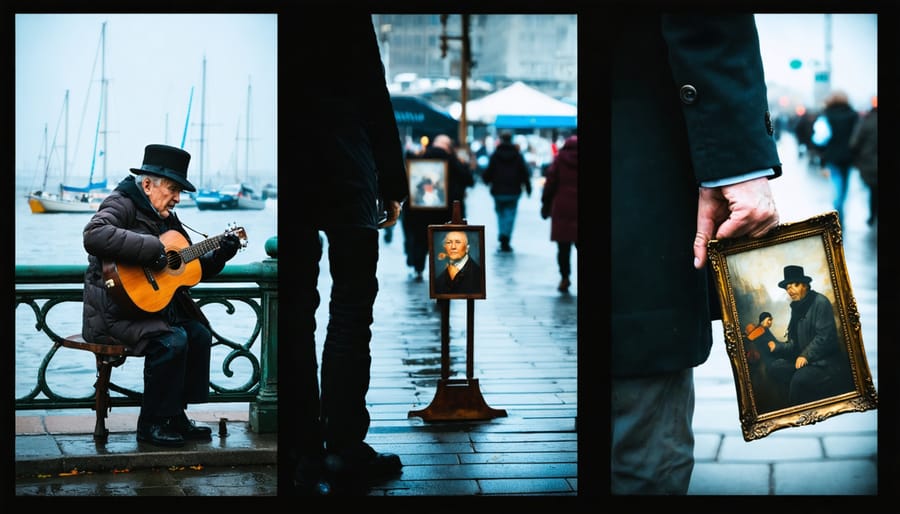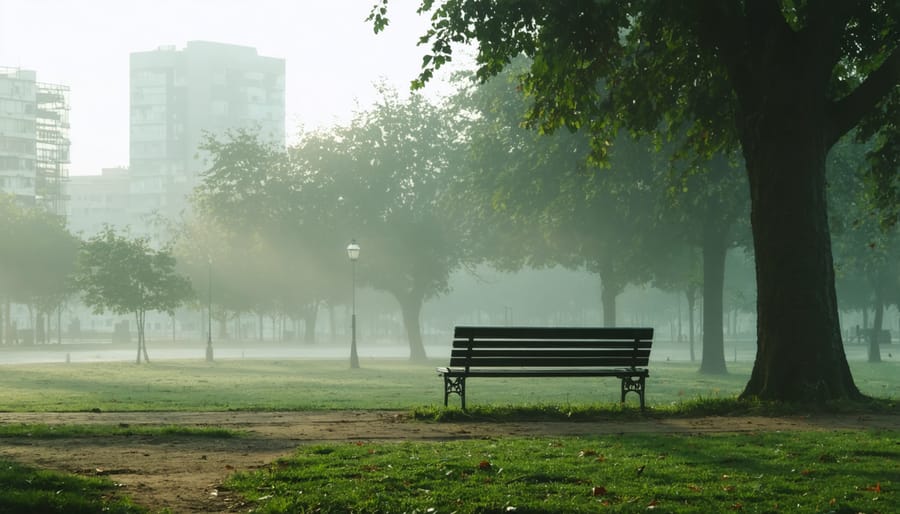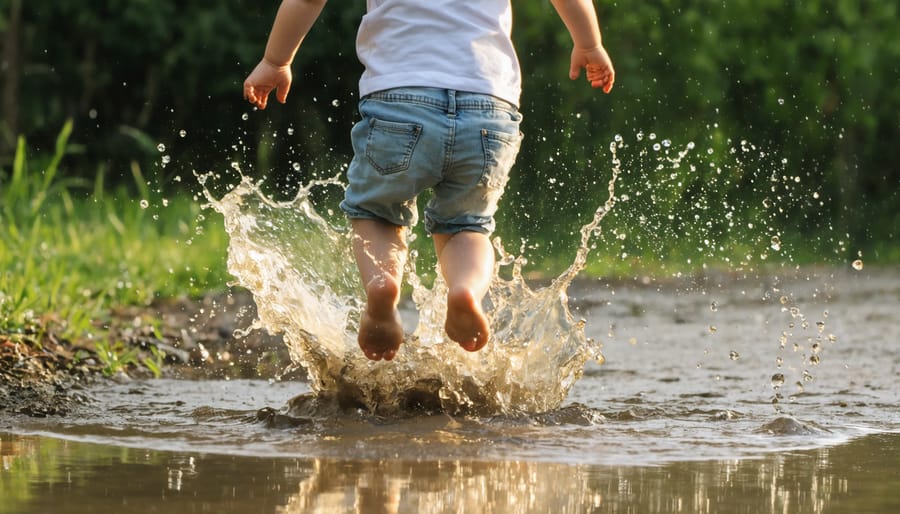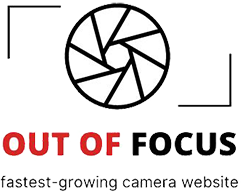
Three photographs can weave powerful visual stories that resonate deeper than a thousand isolated images. Master photographers understand that capturing a compelling narrative through a trilogy of images demands both technical precision and emotional intelligence. The first image sets the scene and draws viewers in, establishing context and mood. The second photograph builds tension or reveals a crucial turning point, while the third delivers resolution or poses a thought-provoking question. This three-act structure mirrors storytelling techniques that have captivated audiences for centuries, but transforms them into visual poetry that speaks across cultural and linguistic boundaries. Whether documenting life-changing moments or everyday scenes, the power lies in the deliberate sequencing and visual dialogue between these three carefully chosen frames. Through this article, we’ll explore how to select, compose, and arrange your photographs to create narratives that linger in viewers’ minds long after they’ve looked away.
The Opening Shot: Setting Your Scene
Creating Visual Context
The opening image in a photo story sets the stage and creates the essential context for your narrative. By applying key visual composition principles, you can craft an image that immediately draws viewers into your story world.
Start by considering the establishing shot technique used in filmmaking. Your opening image should provide viewers with clear information about the setting, time, and mood of your story. For example, a wide-angle shot of a misty harbor at dawn not only shows location but can evoke feelings of mystery or new beginnings.
Pay careful attention to lighting, as it plays a crucial role in setting the emotional tone. Harsh midday sun might convey stark reality, while golden hour light can add warmth and nostalgia to your narrative. Consider how elements like leading lines, depth, and framing can guide viewers’ eyes to important story elements.
Include visual cues that hint at what’s to come. If your story follows a street musician, your opening shot might feature their instrument case lying open on a busy sidewalk, suggesting both character and conflict. Remember that negative space can be as powerful as your subject, allowing viewers to breathe and contemplate the scene before them.
The key is finding balance between providing enough context while maintaining intrigue. Your opening image should answer some questions while raising others, compelling viewers to explore the rest of your story.

Emotional Hook Points
Creating an emotional connection with your viewers starts with understanding universal human experiences and reactions. The key is to capture elements that instantly resonate with people on a deeper level, drawing them into your visual narrative before they even process the technical aspects of your images.
Consider incorporating faces showing genuine emotion – a child’s unbridled joy, an elderly person’s contemplative gaze, or the tender interaction between loved ones. These moments tap into shared human experiences that viewers naturally connect with. The key is authenticity; staged emotions rarely carry the same impact as genuine ones.
Environmental elements can also serve as powerful emotional triggers. A worn teddy bear left on an empty playground, steam rising from a coffee cup on a rainy morning, or footprints in fresh snow all evoke specific feelings and memories. These details help viewers project their own experiences onto your images, creating a personal connection to your story.
Light and color play crucial roles in emotional storytelling. Warm, golden hour light can convey hope and nostalgia, while cool, blue tones might suggest melancholy or mystery. Look for natural contrasts that emphasize the emotional weight of your scene – a single bright umbrella in a gray crowd, or a colorful butterfly landing on weathered stone.
Remember that subtle details often carry the strongest emotional impact. A wedding ring being removed, a “sold” sign on a childhood home, or a dog waiting by an empty chair – these quiet moments can speak volumes about love, loss, and the human experience.
The Plot Twist: Building Tension
Contrast and Conflict
Contrast and conflict are powerful tools in visual storytelling that create immediate viewer interest and emotional resonance. When crafting your three-picture narrative, look for opportunities to incorporate opposing elements that create tension and draw the eye.
Consider both visual and thematic contrasts. Visual contrasts might include light versus shadow, smooth versus rough textures, or large versus small subjects. For example, a series depicting urban life could start with a towering skyscraper shot against a stark sky, followed by an intimate street-level scene of pedestrians, creating dynamic spatial tension.
Thematic conflicts add deeper meaning to your story. This could be nature versus civilization, tradition versus modernity, or order versus chaos. A powerful three-picture sequence might show an ancient temple, followed by modern construction surrounding it, and conclude with both elements coexisting in a single frame.
Remember that contrast doesn’t always mean dramatic opposition. Subtle tensions can be equally effective. The interplay between warm and cool colors, soft and sharp focus, or movement and stillness can create sophisticated visual relationships that enhance your narrative.
When implementing these techniques, ensure your contrasts serve the story rather than simply creating visual shock value. The goal is to guide viewers through your narrative while maintaining their engagement through thoughtfully composed tensions and resolutions.
Movement and Momentum
Movement and momentum in photo storytelling can transform a static series into a dynamic narrative that pulls viewers through your story. When capturing dynamic elements, look for natural lines, gestures, and actions that create visual flow between your images. A person’s gaze, a winding road, or even the direction of moving subjects can serve as powerful directional cues.
Consider the classic “beginning, middle, end” structure in your sequence. Your first image might show a runner preparing at the starting line, the second capturing them mid-stride at peak action, and the final shot celebrating at the finish line. This progression creates a natural sense of movement that keeps viewers engaged.
Pay attention to the energy levels in your shots. Varying the intensity of movement helps create rhythm and prevents visual fatigue. Mix high-energy action shots with quieter, contemplative moments. For example, in a street photography series, combine a bustling crowd scene with a solitary figure in reflection.
Timing is crucial when capturing movement. Experiment with different shutter speeds to either freeze action or create intentional motion blur. Sometimes, suggesting movement through composition can be more powerful than showing it directly. A jacket fluttering in the wind or footprints in the sand can imply movement while leaving room for viewers’ imagination.
Remember that movement isn’t just physical – emotional momentum can be just as compelling. Use changing expressions, shifting relationships between subjects, or evolving weather conditions to drive your narrative forward.

The Resolution: Bringing It All Together
Visual Resolution
Just as a written story needs a satisfying ending, your visual narrative should conclude with a powerful resolution that ties everything together. The final image in your three-picture story carries the weight of delivering closure while leaving a lasting impression on your viewer.
Consider using visual elements that echo or contrast with your opening image to create a sense of completion. For instance, if your first photo showed someone looking toward a distant goal, your final shot might show them achieving that goal or discovering something unexpected along the way. This circular storytelling technique creates a satisfying sense of journey and resolution.
Emotional impact is crucial in your closing shot. Whether it’s a moment of triumph, reflection, or transformation, the image should evoke a clear emotional response that feels earned through the narrative you’ve built. Pay attention to composition elements like leading lines, framing, and depth of field to guide your viewer’s eye to the key emotional elements.
Sometimes, the most powerful resolutions leave room for interpretation. A slight element of ambiguity can engage viewers more deeply, encouraging them to draw their own conclusions based on the visual clues you’ve provided throughout your sequence. Just ensure that any ambiguity feels intentional rather than confusing.
Remember that visual resolution doesn’t always mean literal resolution – sometimes an open-ended or thought-provoking final image can be more impactful than a neat and tidy conclusion.
Emotional Impact
Creating a lasting emotional impact through your three-picture story requires careful consideration of both composition and subject matter. When viewers connect emotionally with your images, they’re more likely to remember and relate to your story long after viewing it.
One powerful method is to incorporate human elements that evoke universal feelings. A child’s genuine laughter, an elderly couple holding hands, or a solitary figure in a vast landscape can trigger immediate emotional responses. These moments tap into shared human experiences that transcend cultural and language barriers.
Consider using color psychology to enhance emotional resonance. Warm tones like oranges and yellows can convey hope and optimism, while cooler blues and grays might express melancholy or contemplation. The consistent use of color across your three images can help maintain the emotional thread of your narrative.
Light and shadow play crucial roles in emotional storytelling. Dramatic lighting can create tension or mystery, while soft, diffused light often conveys peace or nostalgia. Don’t be afraid to experiment with different lighting conditions to match your intended emotional impact.
Composition choices can dramatically affect how viewers feel about your images. Tight, claustrophobic frames might create anxiety or intimacy, while wide, open compositions can suggest freedom or isolation. Remember that negative space can be just as emotionally powerful as your main subject.
The key is authenticity – forced or staged emotions rarely resonate as strongly as genuine moments captured thoughtfully and respectfully.

Technical Considerations
Equipment and Settings
While storytelling through photography isn’t exclusively about gear, having the right equipment can certainly enhance your creative possibilities. A versatile camera setup starts with your choice of camera body – any modern DSLR or mirrorless camera will serve you well. What’s more crucial are your lens selection techniques and understanding which focal lengths best suit your narrative style.
For storytelling sequences, consider carrying at least two lenses: a standard zoom (24-70mm) for versatility and either a wide-angle (16-35mm) or telephoto (70-200mm) depending on your subject matter. This combination allows you to capture both intimate details and broader environmental context.
Your camera settings should prioritize consistency across the series. Use Manual or Aperture Priority mode to maintain visual coherence. Consider these starting points:
– Aperture: f/4 to f/8 for good depth of field
– ISO: Keep it as low as possible while maintaining proper exposure
– Shutter Speed: At least 1/125 for handheld shots
– White Balance: Manual setting to ensure color consistency
Don’t forget essential accessories like spare batteries, memory cards, and a lightweight tripod. A polarizing filter can help manage reflections and enhance colors, while a neutral density filter offers more control in bright conditions.
Remember, the best equipment is what you’re comfortable using. Focus on mastering your current gear before investing in expensive upgrades.
Post-Processing for Narrative
Post-processing plays a crucial role in bringing your photo story together cohesively. While each image should stand strong individually, thoughtful editing can strengthen the narrative thread connecting them. Start by establishing a consistent color palette across all three images – this doesn’t mean they need to be identical, but they should feel like they belong to the same visual family.
Consider using similar toning techniques across your images, whether that’s through careful adjustment of highlights and shadows or applying complementary color grading. This approach is one of the most effective creative photography techniques for enhancing visual storytelling.
Pay special attention to the emotional impact of your edits. If your story has a progression, you might want to gradually shift the mood through subtle adjustments in contrast, warmth, or vibrancy. For instance, a story about overcoming challenges might start with cooler, moodier tones and progress to warmer, brighter edits in the final image.
Remember to maintain a balanced level of processing across all three images. Avoid having one photo that’s dramatically more processed than the others, as this can disrupt the flow of your narrative. When in doubt, step away from your editing for a few hours and return with fresh eyes to ensure your adjustments serve the story rather than overshadow it.
Visual storytelling through photography is a powerful skill that can transform your work from simple snapshots into compelling narratives. As we’ve explored, creating a story through three images requires careful consideration of sequence, emotional connection, and technical execution. Remember that successful photo stories don’t just happen by chance – they’re the result of thoughtful planning, creative vision, and understanding your subject matter.
The beauty of the three-picture format lies in its accessibility and impact. Whether you’re documenting family moments, creating a photo essay, or developing your professional portfolio, this approach provides a solid foundation for visual storytelling. By focusing on the beginning, middle, and end of your narrative, you can create a cohesive story that resonates with viewers.
Practice is essential to mastering this technique. Start by identifying potential stories in your daily life – perhaps a local festival, a day in your neighborhood, or even a simple cooking process. Challenge yourself to capture these moments in just three frames, considering how each image builds upon the last to create a complete narrative.
Remember that strong visual stories often combine technical excellence with emotional resonance. Pay attention to composition, lighting, and timing, but don’t forget that the most impactful photos are those that make viewers feel something. As you develop your storytelling skills, you’ll find that this structured approach not only improves your photography but also sharpens your ability to see and capture meaningful moments in the world around you.























